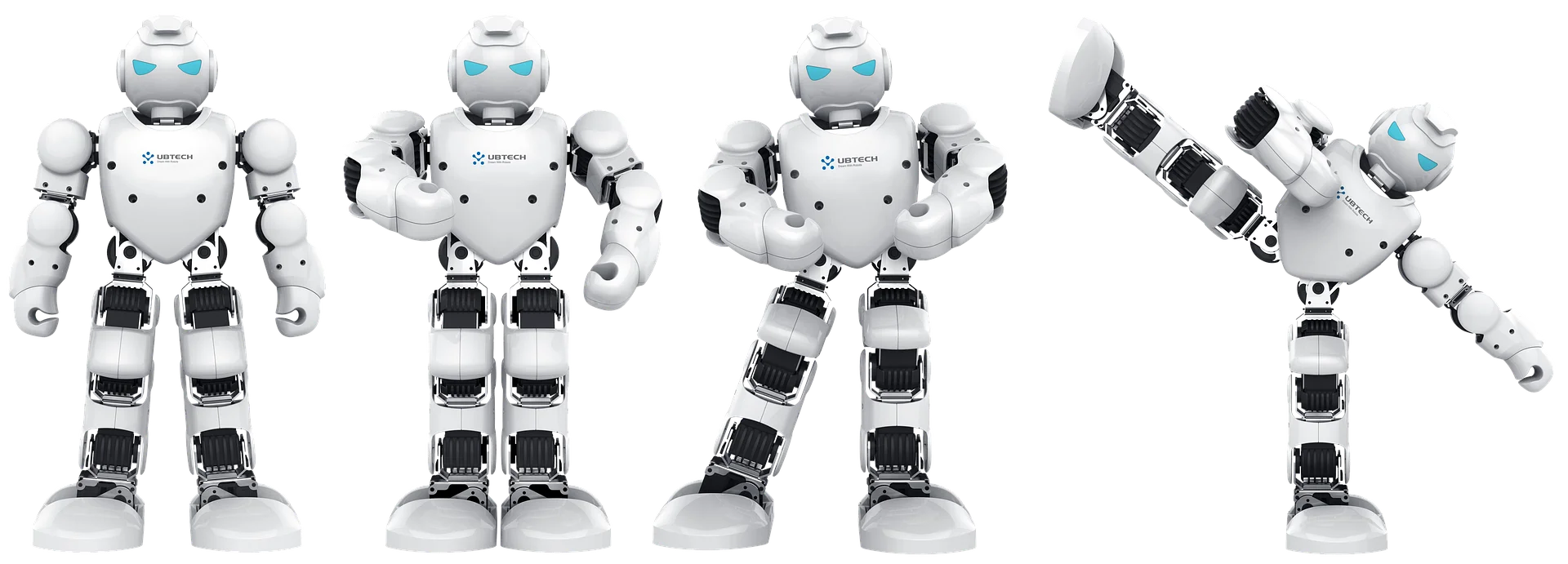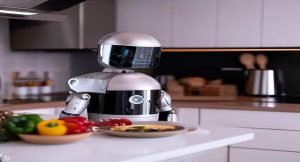Hello Automation and technology lovers, it is a pleasure for me to return to continue talking, in this case, about Robotics.
Just reading the title of this article we can deduce that more than one will have thought of: Millenials, Baby Boomers or Generation Z, but that is not what we will be referring to today.
The Generations of Robots is a classification given to them to place them chronologically according to the level of technological advancement achieved at the time they were created. That is to say, in the capacities and abilities they can perform.
If you still do not know for sure what a robot is, we recommend that before continuing with this article, first read the next one by clicking here.
So let’s start with today’s content.
Robotics First Generation

Here belong the first robots, those developed in the beginning of the second half of the 20th century. In many bibliographies they are catalogued as “manipulator robots”. Their system is quite simple, they perform previously programmed repetitive tasks that are executed manually or in a fixed sequential manner. These tasks are usually to pick up and place elements in a certain place, with great limitations in their movements. As they have no knowledge of the environment, they are classified as open-loop systems, since they do not have that feedback to verify results or errors. These types of robots still exist and are used in many industries.
Robotics Second Generation
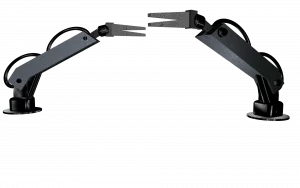
They emerged in the 1980s. Known as the first learning robots, being able to memorize sequences of movements previously performed by a human operator. They are characterized by having the ability to move (fixed positions) and being able to perceive part of their environment, by means of specialized sensors. Because of this, they became closed-loop systems, with a basic feedback system, being able to verify part of their results. At present they are also used, mainly in the automotive industry, performing tasks of painting, transfer and assembly of parts in the assembly lines.
Robotics Third Generation
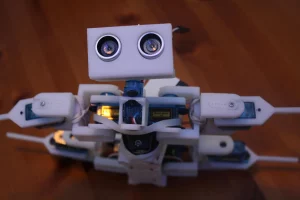
They were referred to as the generation of sensorized control robots. The fundamental characteristic that made them superior was the possibility that they can be reprogrammed through computers, allowing them to see (artificial vision) and touch using sensors and programming languages. This generation has greater knowledge of the environment allowing it to modify its work or displacement strategy, so the control system is closed loop. Some scholars say that this is the beginning of the era of intelligent robots.
Fourth Robotics Generation

The generation of intelligent robots, similar to those of the fourth generation, but with the ability to make decisions in real time and freedom of movement or to complete their tasks. The processing of information collected by increasingly accurate sensors was far superior to previous generations. Its development was determined, for the most part, by the use of analysis models with fuzzy logic and neural networks, which were key at that time, the end of the 20th century and the beginning of the 21st century, where the growth of computing and electronics was exponential. They were used in many activities in all possible sectors, from industrial applications to services and entertainment. Today, many are beginning to be seen with humanoid aspects.
Robotics Fifth Generation
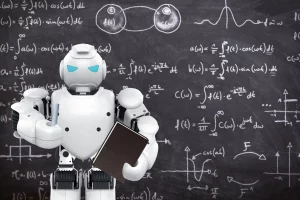
To date, it is the latest generation of robotics. The fundamental characteristic is the use of advanced artificial intelligence with automatic learning, without human intervention, being able to imitate and develop models of performance, reasoning and behavior, in the most dynamic and unknown environments. This breaks with the false limitation that robots can only be used in repetitive tasks. The applications of this type of robots have no limits, their great capacity for adaptation allows them to be multifaceted. It is a generation that is still in development and it is up to the new generations to continue improving it.
Conclusion
It is exciting to stop and analyze how in less than 100 years robotics has achieved so much, how much potential it has to continue growing and contributing to our society. In the next few years we will witness a fully robotized society, where we will live together in harmony. Now, it is worth noting that we are sure that other superior generations will come, the question is, will we create them or they themselves?
If you liked this article let us know with your LIKE, comment if you have seen or studied about these generations and share with some friends who are fans of this wonderful world.
To learn more about our articles, subscribe to our Newsletter by clicking here. We also invite you to join the Community of your choice in Social Networks. We leave them below.
🔰Facebook: https://www.facebook.com/automatismosXlMundo
🔰Twitter: https://twitter.com/mundo_xl
🔰Instagram: https://www.instagram.com/automatismosmundo
🔰LinkedIn: https://www.linkedin.com/company/automatismos-xl-mundo
🔰Youtube: https://www.youtube.com/c/AutomatismosXlMundo
🔰Telegram: https://t.me/+XP-BLXMpgO1kNmFh
🔰TikTok: https://tiktok.com/@xl_mundo

